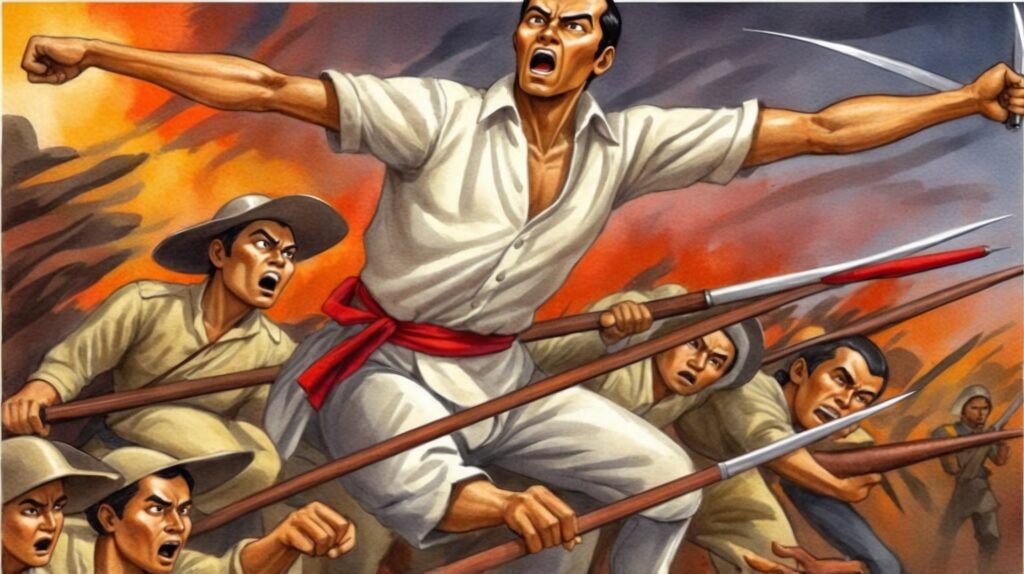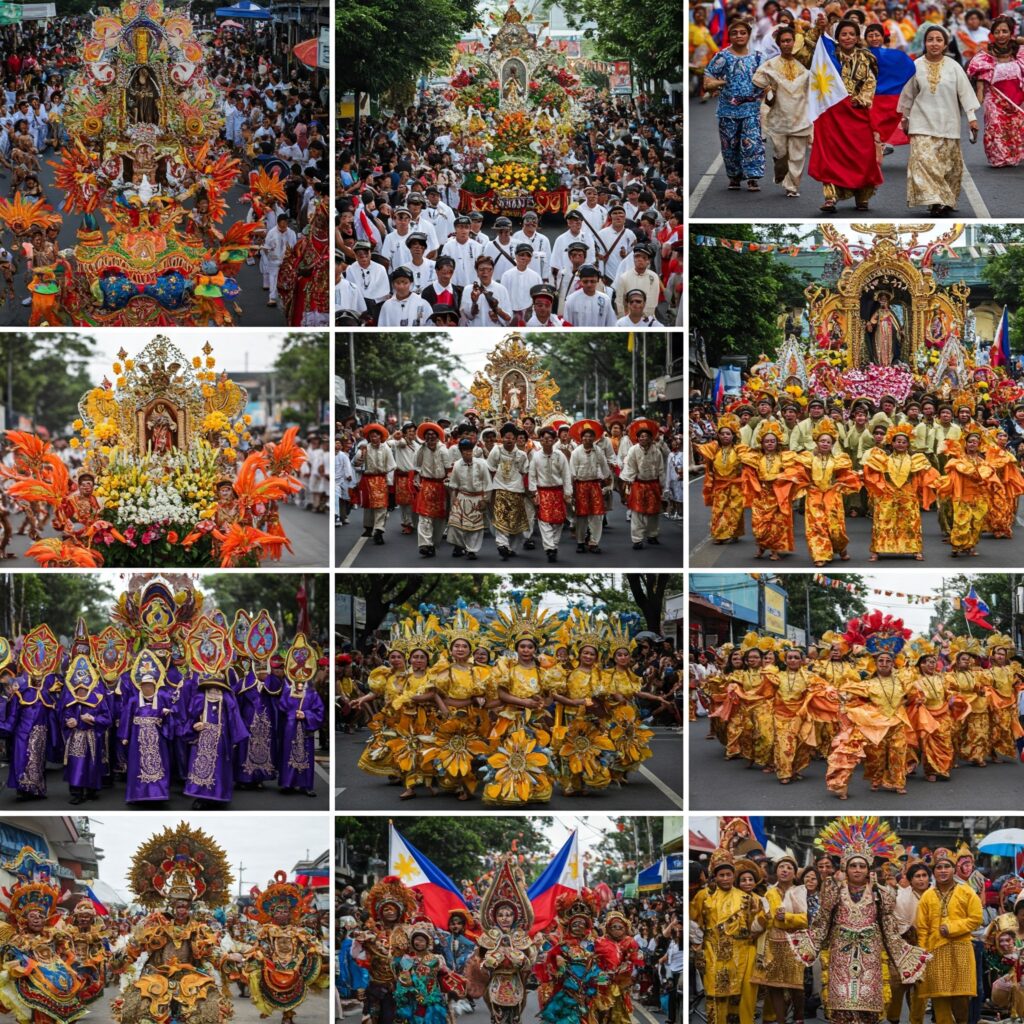The Philippines has always been known for its warm hospitality, stunning beaches, and mouthwatering adobo. But in recent years, it’s gained another reputation – being the “Social Media Capital of the World.” Not convinced? Well, according to DataReportal’s Digital 2024 Report, Filipinos spend an average of 4 hours and 15 minutes daily on social media platforms, significantly higher than the global average of 2 hours and 23 minutes. This social media obsession isn’t just about sharing travel photos or funny memes anymore; it’s become a powerful engine driving entrepreneurial success across the archipelago. From sari-sari store owners expanding their reach through Facebook Marketplace to home-based bakers building empires on Instagram, Pinoys are proving that social media isn’t just for socializing – it’s for “socializing” their businesses too (see what I did there?).
The Rise of Social Commerce in the Philippines
By the Numbers: Social Media Usage in the Philippines (2024)
| Metric | Value | Source |
|---|---|---|
| Active Social Media Users | 92.1 million | DataReportal 2024 |
| Social Media Penetration | 81.5% | We Are Social |
| E-commerce Adoption Rate | 80.2% | Statista 2024 |
| Mobile Social Media Users | 89.8 million | DataReportal 2024 |
The Filipino entrepreneurial spirit has found its perfect match in social media platforms. Remember when setting up a business meant renting a physical store, dealing with permits, and praying customers would somehow find you? Well, those days are gone faster than a plate of sisig at a weekend inuman! Today’s Pinoy entrepreneurs are leveraging social media platforms to reach customers across the country (and sometimes even abroad) with minimal overhead costs. According to the Department of Trade and Industry (DTI), there was a 208% increase in registered online businesses during the pandemic period, jumping from 1,700 in March 2020 to over 88,000 by January 2023. This massive shift toward digital entrepreneurship shows no signs of slowing down, with more Filipinos discovering the power of social media for business every day.
Platform Preferences: Where Pinoy Entrepreneurs Shine
Facebook: The Ultimate Pinoy Business Platform
Let’s be honest – if Facebook were a person, it would probably have Filipino citizenship by now. With 83.85 million Filipino users (Statista, 2024), Facebook remains the undisputed champion of social commerce in the Philippines. The platform’s Facebook Marketplace and Facebook Shop features have become virtual palengkes where everything from hand-crafted accessories to imported luxury items finds eager buyers. Small business owners particularly love Facebook’s targeting capabilities, which allow them to reach specific demographics with surgical precision. Want to sell your homemade kimchi to K-drama fans in Quezon City? Facebook’s got you covered!
Instagram: Where Visual Marketing Meets Pinoy Creativity
Filipino entrepreneurs have mastered the art of Instagram marketing, turning the platform into a virtual lookbook for their products and services. According to Meta’s internal data, over 65% of Filipino Instagram users have made a purchase directly through the platform in 2023. Local businesses are getting creative with Instagram Stories, Reels, and IGTV to showcase their products in ways that traditional advertising could never match. From time-lapse videos of art being created to behind-the-scenes looks at food preparation, Filipino business owners are proving that a picture (or a well-crafted Reel) is indeed worth a thousand words – or in this case, potentially thousands of pesos!
Digital Marketing Strategies with Pinoy Flavor
Content Creation with a Local Twist
Filipino entrepreneurs have perfected the art of creating content that resonates with the local audience. They understand that while global marketing principles are important, success often comes from speaking the language of their market – literally and figuratively. This means incorporating Taglish, local humor, and cultural references that instantly connect with Filipino consumers. Many successful online sellers mix professional product photos with behind-the-scenes content showing the “real” side of their business, creating authenticity that Filipino customers particularly appreciate.
The Power of Filipino Influencer Marketing
| Influencer Tier | Typical Reach | Average Engagement Rate | Common Industries |
|---|---|---|---|
| Micro (10k-50k) | Local/Regional | 5-8% | Food, Fashion, Beauty |
| Mid-tier (50k-500k) | National | 3-5% | Lifestyle, Tech, Health |
| Macro (500k+) | National/Global | 2-4% | All Industries |
Source: PH Influencer Marketing Council, 2023
The Filipino influencer marketing scene has evolved into a sophisticated ecosystem where authenticity trumps follower count. Local businesses are increasingly partnering with micro-influencers who have highly engaged, niche audiences rather than solely pursuing celebrities with massive but less engaged followings. According to the PH Influencer Marketing Council, campaigns utilizing micro-influencers showed an average ROI of 420% in 2023, compared to 280% for celebrity endorsements.
E-commerce Evolution: Beyond Traditional Platforms
Filipino entrepreneurs aren’t just sticking to social media – they’re creating comprehensive digital presences across multiple platforms. The integration of social media with e-commerce platforms like Shopee and Lazada has created a powerful ecosystem for online selling. According to Statista, the Philippine e-commerce market reached $7.5 billion in 2023, with social commerce accounting for approximately 30% of all online transactions.
Popular E-commerce Platforms Usage in the Philippines
| Platform | Market Share | Average Monthly Users | Key Features |
|---|---|---|---|
| Shopee | 52% | 45M | Live Streaming, Games |
| Lazada | 36% | 38M | LazLive, Flash Sales |
| Facebook Marketplace | 8% | 83M* | Direct Messaging |
| Instagram Shop | 4% | 28M | Story Shopping |
*Total Facebook users in PH (Source: Statista, 2024)
Digital Marketing Strategies that Work in the Philippine Context
Understanding the unique characteristics of the Filipino market has led to the development of specific digital marketing strategies that consistently deliver results. Here are some approaches that have proven particularly effective in the Philippine setting:
The “Payday Sale” Phenomenon
Filipino entrepreneurs have mastered the art of timing their promotions around salary dates (typically the 15th and 30th of each month). This strategy acknowledges the spending patterns of Filipino consumers and creates urgency around these high-liquidity periods. Smart sellers complement these timely promotions with “sweldo” countdown posts that build anticipation and engage their audience even before the actual sale begins. The approach typically results in 150-200% higher sales compared to regular days, according to a 2023 survey by the E-Commerce Association of the Philippines.
Community Building Through “Tambayan” Marketing
Successful Filipino online sellers create virtual “tambayans” or hangout spaces where customers can interact, share experiences, and build relationships. These online communities often feature regular live selling sessions, Q&A periods, and exclusive member perks. The strategy capitalizes on the Filipino value of “pakikisama” (camaraderie) and has been shown to increase customer retention rates by up to 45% compared to businesses that don’t maintain active communities.
Overcoming Challenges with Pinoy Ingenuity
Filipino entrepreneurs face unique challenges in the digital space, but true to form, they’ve found creative solutions that often become competitive advantages. Internet connectivity issues? Many sellers pre-record their live selling sessions as a backup. Limited delivery infrastructure? Enter the rise of local community resellers and pick-up points. The ability to turn challenges into opportunities is perhaps the most distinctive characteristic of Filipino digital entrepreneurship.
Common Challenges and Creative Solutions
| Challenge | Creative Solution | Success Rate |
|---|---|---|
| Poor Internet | Pre-recorded content | 85% |
| Payment Trust | Cash on Delivery | 92% |
| Logistics | Community Resellers | 78% |
| Competition | Niche Marketing | 73% |
Source: DTI E-commerce Survey 2023
Future Trends: What’s Next for Pinoy Digital Entrepreneurs?
The future of Filipino digital entrepreneurship looks brighter than a summer day in Boracay. Several emerging trends are shaping the next phase of growth:
- The rise of social commerce platforms specifically designed for the Philippine market
- Increased integration of regional payment systems making cross-border commerce easier
- Growing adoption of artificial intelligence tools for customer service and marketing
- Expansion of live-selling capabilities across multiple platforms
According to the DTI’s Digital Philippines 2025 roadmap, the digital economy is expected to contribute 25% of the country’s GDP by 2025, with social commerce playing a significant role in this growth.
Conclusion: The Filipino Digital Entrepreneur’s Secret Sauce
The success of Filipino entrepreneurs in the digital space isn’t just about mastering platforms or understanding algorithms – it’s about combining these technical skills with uniquely Filipino characteristics: adaptability, creativity, and the warm, personal touch that makes customers feel like family. Whether it’s a small home-based business or a growing digital enterprise, Filipino entrepreneurs are proving that in the digital age, you don’t need a fancy office or huge capital to succeed – just a smartphone, an internet connection, and that distinctive Pinoy hustle.
Disclaimer: This blog post contains data from various sources as cited throughout the article. While we strive for accuracy in all our content, digital metrics and statistics can change rapidly. Please refer to the original sources for the most up-to-date information. If you notice any inaccuracies in this article, please contact our editorial team at [info@taasnoopilipino.com] for prompt corrections. The success stories and strategies mentioned may not guarantee similar results for all businesses.




